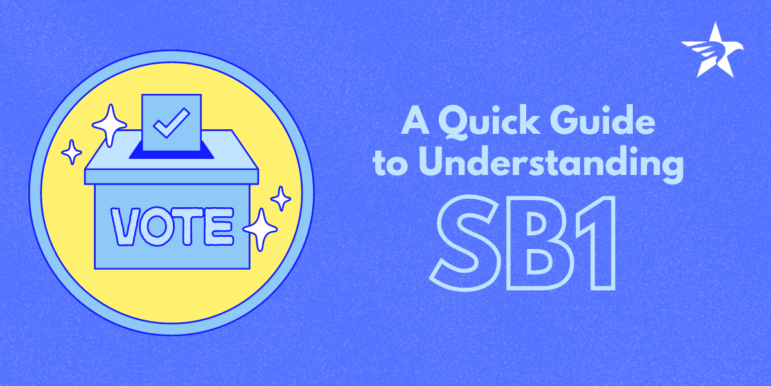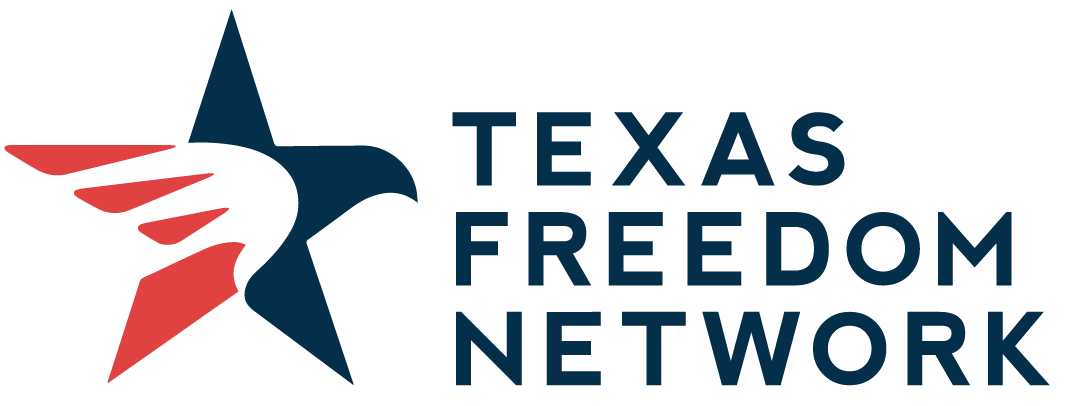What is SB1?
The electoral landscape in Texas can be tricky to navigate for both new and experienced voters as it changes between election cycles, and rarely for the better. For instance, during the last Legislative Session, we saw renewed attempts to make voting harder and more confusing, including the passage of a complicated voting law called Senate Bill 1.
Passed in September 2021, SB1 imposed new restrictions on voter assistance, restricted mail-in ballots, banned overnight early voting hours and drive-thru voting, despite the last two driving increased turnout among voters of color in previous election cycles. Using ballot integrity as cover, some lawmakers sought to create chaos ahead of the upcoming election by adding complex language to the bill.
What this means for you
Advocates, activists, and community leaders met the moment by proposing amendments to the bill which ensured that:
1. Voters need only provide their driver’s license number or the last four of their Social Security number on applications to vote by mail or the envelopes used to return completed ballots. Those numbers would only need to match what’s on an individual voter’s record, not what was on their original voter registration application;
2. A federal court removed some of the most difficult restrictions on providing assistance to voters with limited English, voters with disabilities, and first-time voters. This means these voters can now ask for help while casting their ballots without getting themselves or their helpers in any trouble;
3. Because SB1 eliminated early voting and added other restrictions, counties retain some leeway to set their own voting hours. This means a county can move its legally permitted hours around to accommodate the specific needs of the voters in that area.
SB1 & Curbside Voting FAQs
What is curbside voting?
This is the process whereby an election officer delivers a ballot to the voter at the polling place entrance or curb. No election officer shall deliver a ballot to the voter if the voter has not requested one.
Who qualifies as a curbside voter?
A voter who is physically unable to enter the polling place without personal assistance or likely to injure themselves in attempting to gain access. This could be due to a disability, age, or sickness.
Under SB1, can I get myself/others in trouble for voting curbside?
No, election officers are required by law to help you. People are still allowed to transport curbside voters to the polls, but if they transport seven or more at the same time, they now have to sign a form provided by the election officer containing their name, address, and detailing what kind of assistance they’ll be providing the identified voter. It is important to note that even if there are seven or more curbside voters in the vehicles, a driver does not have to fill out the form if they are related to each voter in the vehicle.
What are extended/limited early voting hours under SB1?
There are nine required voting hours each weekday during elections. A county may choose to extend that time, but it cannot be earlier than 6 a.m or later than 10 p.m. Should 15 registered voters submit a written request to the early voting clerk, the county is required to extend early voting hours on the last Saturday of the early voting period by 12 hours and the last Sunday of the early voting period by 6 hours.
Does SB1 allow a poll watcher to interfere with/observe my vote?
Absolutely not. Whether voting curbside or inside the polling place, poll watchers are not permitted to observe how you vote or interact with you while you vote.
As elections draw close, we recognize today’s landscape isn’t quite pre-SB1. As voters, we can make the futures we’ve always dreamed of – the futures we deserve – a reality. This is the power we have. Now more than ever, we have a responsibility to choose leaders who will make voting access easier so we never have to worry about dangerous laws impacting our ability to participate in future elections.
For all other questions on how best to prepare to vote this November, check out our Voter Education Center.


